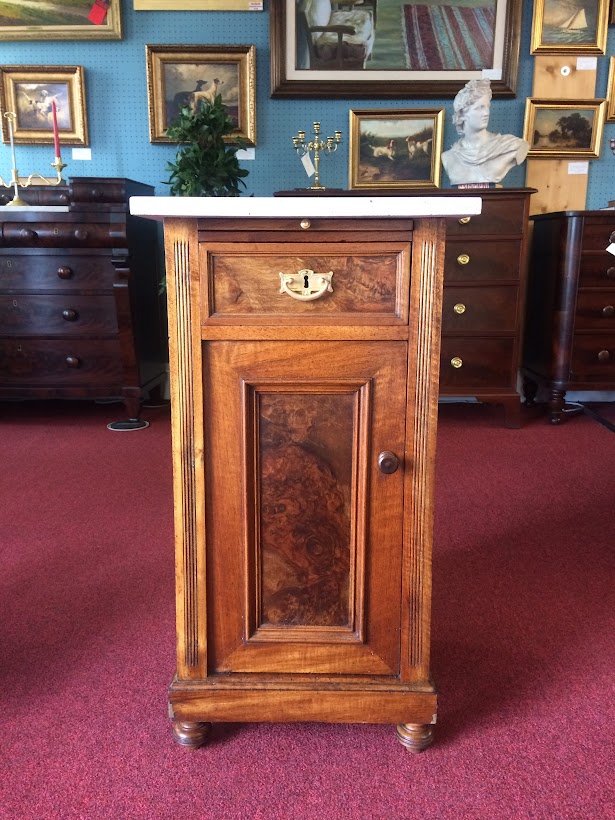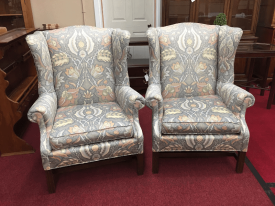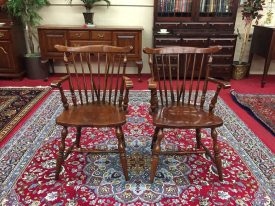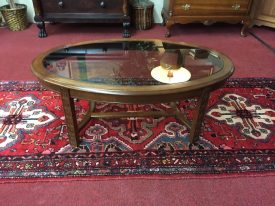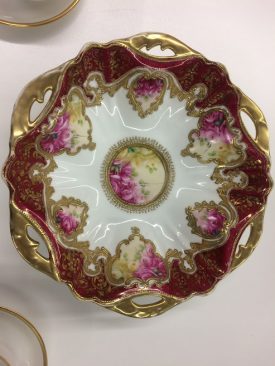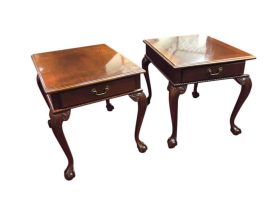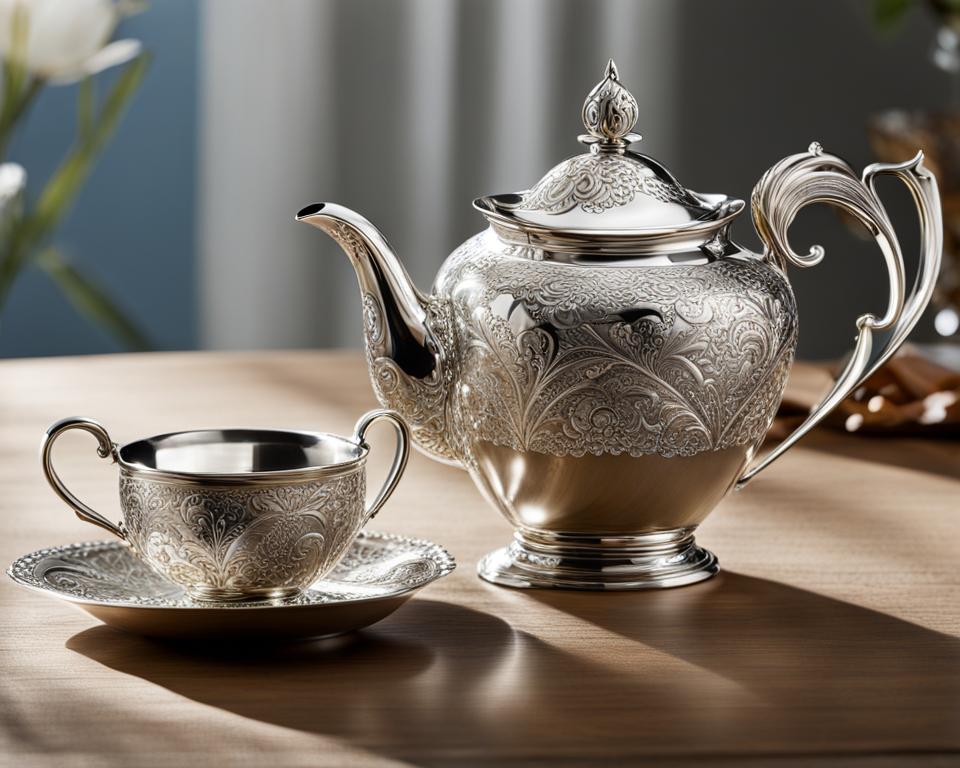Nice antique marble top stand with drawer, cabinet door and small retractable writing surface. This pretty antique stand shows so much character and has a great look!
Antique Marble Top Stand
Of course, the small stand has a nice piece of pale purple marble to the top. Additionally, it has a pull-out writing surface. Then, it has a small drawer with some wooden compartments inside. Finally, it has a large cabinet door that conceals one shelf.
Victorian End Table
This Victorian End Table has a great look and has some beautiful walnut wood inserted into the drawer face and cabinet door. We refinished this small table in order to bring it back to life.
There are some small areas of wear by the feet and a few light stains inside the drawer. Additionally, there are some streaks (possibly just variation in the stone) to the marble. Also, the bottom of the cabinet has some splitting, due to age. Please see photos.
An antique marble-top stand or Victorian end table can be a beautiful and valuable piece of furniture, prized for its craftsmanship and historical significance. Here are some factors to consider when evaluating its value:
Style and Design: Victorian furniture is known for its elaborate designs and intricate details. Look for elements such as carved woodwork, turned legs, and decorative accents, which are typical of Victorian-era furniture. The style and design of the table can greatly affect its value.
Material: Antique marble-top stands often feature a combination of marble and wood. The quality of the marble and wood used, as well as any decorative elements or inlays, can impact the table’s value.
Condition: The condition of the marble and wood components is crucial in determining the table’s value. Look for any signs of wear, damage, or repairs. Tables in excellent condition, with well-maintained marble tops and sturdy wood frames, will typically fetch higher prices.
Size: The size of the table can also impact its value. Larger tables may be more desirable, especially if they can function as a focal point in a room.
Age: Older antique tables, particularly those from the Victorian era (mid to late 19th century), may be more valuable than newer pieces. However, condition and rarity are often more important factors than age alone.
Provenance: Tables with a documented history, such as being part of a famous collection or associated with a notable previous owner, may carry higher value.
Market Demand: The current demand for antique furniture, as well as trends in collecting, can influence the table’s market value. Consider researching recent sales of similar items to gauge market trends and pricing.
To determine the value of your antique marble-top stand or Victorian end table, consider consulting with antique dealers, collectors, or appraisers who specialize in antique furniture. They can provide insights based on the specific details, style, condition, and age of your table, as well as current market trends. Additionally, researching recent sales of similar tables through auction houses or online marketplaces can help determine its market value.

